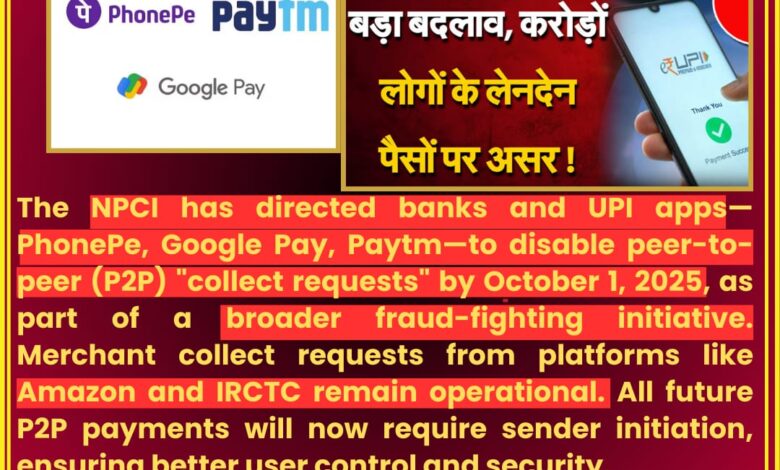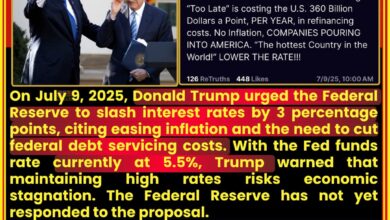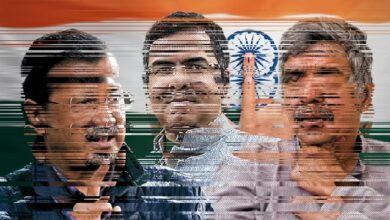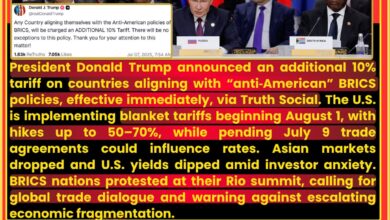
1. NPCI Issues Directive to Disable Collect Requests
On July 29, 2025, NPCI issued a circular mandating that no peer-to-peer (P2P) “collect requests” be initiated, routed, or processed on UPI from October 1, 2025 onwards. This covers all member banks, payment service providers (PSPs), and UPI apps. The Economic TimesThe Times of IndiaETBFSI.com
2. Apps Affected and Exemptions
Major UPI platforms like PhonePe, Google Pay, and Paytm will no longer be able to use the P2P collect feature. However, merchant-initiated collect requests—such as those from Flipkart, Amazon, IRCTC, and others—will continue as usual. The Financial ExpressHindustan TimesETBFSI.com
3. Why the Change? Curbing Fraud
The collect function, intended for casual money requests like splitting bills or reminders, had become a prime fraud vector—especially spoofed QR-based requests that tricked users into authorizing payments unknowingly. NPCI capped such transactions to ₹2,000 in 2019, but fraud persisted. This ban aims to remove that loophole entirely. The Economic TimesIndia TodaymintThe Times of India
4. Shifting to Push-Only Model for Payment Security
With the ban, all P2P payments will now require explicit action from the sender—either through scanning a QR code or inputting a UPI ID—putting control firmly in users’ hands and strengthening transaction transparency. The Economic TimesThe Financial Express
5. Expert Views Applaud the Move
Security experts hailed the ban as a crucial step. Reeju Datta, co-founder of Cashfree Payments, called it “a decisive move,” saying the ban closes a long-abused channel and boosts consumer trust in digital payments. The Economic Times
6. What Changes for Users
Users who are accustomed to the convenience of ‘ask-for-money’ UPI features will now have to either generate a QR code or share their UPI ID directly. While this adds a minor extra step for repayments, it significantly reduces scam risks. Merchant payments remain unaffected.










